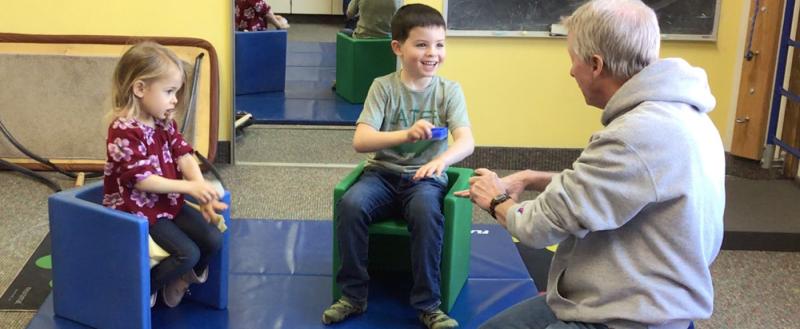
Have you ever been so focused on a book or movie that you miss hearing your name being called? Have you been irritated by a sweater and just had to take it off? When you tasted something really sour did you spit it out or tolerate it for that extra 10 seconds? Before you washed your hands, did you test the water to feel if it was too hot or too cold?
These are all typical examples of your sensory system and how it reacts to everyday occasions. Unfortunately, not everyone’s sensory system is adjusted well, and they can’t understand these examples. More so, it isn’t always easy to see when someone is having difficulties processing sensations, especially when that someone is a child who can’t describe their feelings or lack thereof.
For children and adults whose sensory system over responds or under responds to sensory information their reactions can be consistently inconsistent, meaning their actions and feelings in a familiar environment may change day to day. It can be hard for family members and others to understand why that person is calm and a good listener one day and the next day can’t sit still or follow directions. This may be interpreted as he/she is lazy, can’t pay attention, hyperactive, ignores me, their parents have low expectations, the child is a ‘behavior problem’. None of the prior statements are true! The child is in need of sensory integration therapy.
Children with sensory processing issues may have difficulties with:
- Keeping their hands to themselves
- Sitting still at the dinner table
- Wearing new clothes
- Eating unfamiliar foods
- Attending to their name being called
- Strong smells
- Being bumped/touched
- Haircuts/grooming
As occupational therapists, it is our duty to guide children and their families to better understand their sensory environment and how to develop strategies to make those interactions more enjoyable.
These strategies may include:
- Developing a routine and schedule at home
- Reducing any distractions (i.e. noises, lights, scents) that may cause too much stimulation
- Adding a kick band or wobbly seat for school
- Discussing changes for home, like adding movement options (i.e. swings, trampolines)
- Participating in activities at home that are similar to therapy such as The Sensory Bag